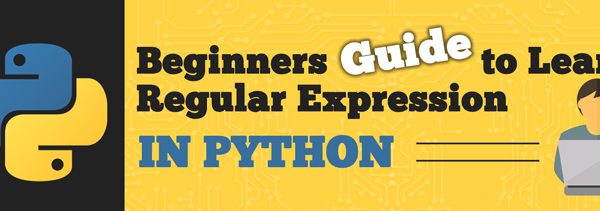Translating Strings in Python with TextBlob
Introduction Text translation is a difficult computer problem that gets better and easier to solve every year. Big companies like Google are actively working on improving their text translation services which enables the rest of us to use them freely. Apart from their great personal use, these services can be used by developers through various APIs. This article is about TextBlob which uses one such API to perform text translation. What is TextBlob? TextBlob is a text-processing library written in […]
Read more

